Media | Articles
7 more old tools almost no one uses anymore
The evolution of the automobile has been non-stop from the moment Karl Benz first threw the flywheel ’round on his Patent Motorwagen. The technology, process, and tools needed to keep cars running have evolved from the adjustable spanners and flat head screwdrivers to complex, hyper-specific specialized tools that spend more time laying in toolbox drawers than being used. Some old tools have stood the test of time while others have faded from common use.
We are tool hoarders ourselves, and objects designed for utility that are still functional will always have a place in our box but it is interesting to look into the corners of the toolbox and see what tools are getting less and less use over the years. Whether due to an improved design usurping the use of an older tool, or the task a specialty tool was design for becoming less popular due to car construction and use changing, tools evolve as quickly—if not more—than the car itself. Here are seven examples of tools that are no longer the toolbox staples they once were—for better or worse.
Bumper jacks
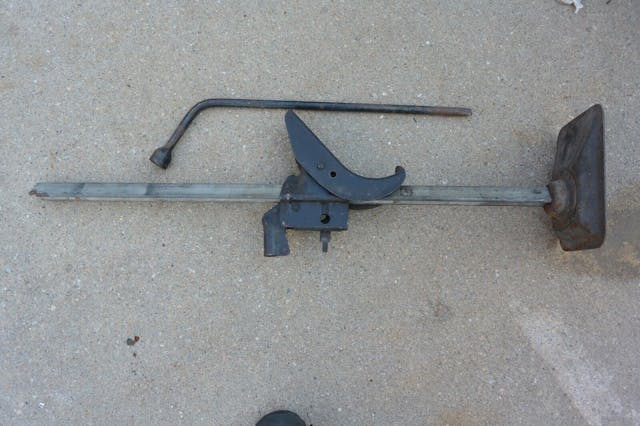
In a world of bumper covers, the thought of attaching a lifting mechanism to the exterior of your car and using it to lift the vehicle is some type of strange fever dream. It wasn’t always that way though. Flat tires have been around longer than the automobile and the need to pick up the car followed right along. Bumper jacks are good in concept but the lack of any safety catch or stabilization to keep from tipping over makes them treacherous to use. They still have utility in off-road situations but that can also make use even more dangerous.
Verdict: Keep as a reminder of how far we’ve come.
Brake pliers
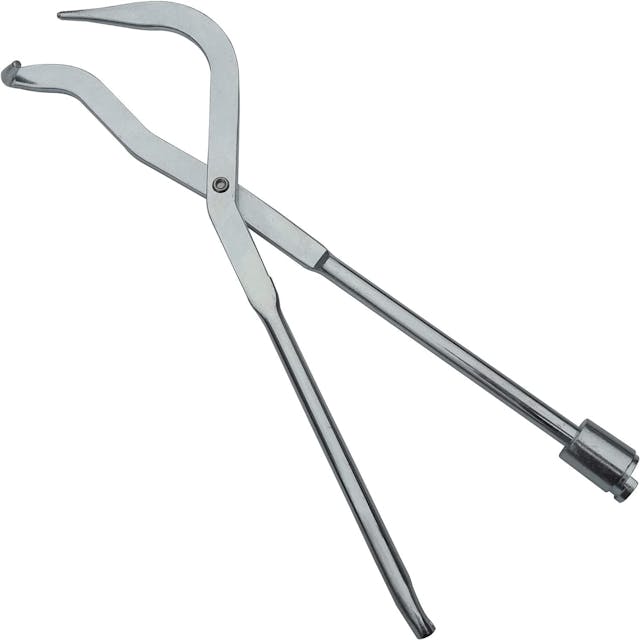
Somehow in the history of cars, there have been just two types of brakes commonly found behind the wheels: Drum or disc. Drum brakes can provide all the stopping power needed while also wearing like iron thanks to the enclosed and thus relatively debris-free nature of the design. That same design also has a handful of tension springs stretched carefully over small studs that can be serviced with groove-joint pliers and a screwdriver, but there are also brake pliers that rose and slipped from popularity right alongside drum brakes.
With modern materials and the relatively limited use of drum-brake cars, servicing drums has gotten less common to the point that while special tools can make the job easier it is only marginal and certainly not required.
Verdict: Keep them if you’ve got them but can likely pass if building your toolkit.
Growler
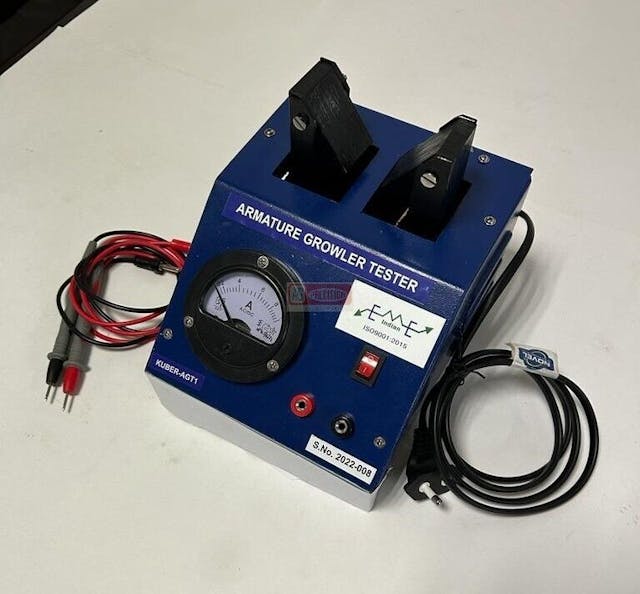
We aren’t talking about that curmudgeon of a mechanic who seems to only communicate in grunts and growls as the ratchet clicks to remove parts. No, the growler here is used to test the windings of a motor or generator. The armature is placed on a bed that flows alternating current into the windings. Using a ferrous rod to locate the magnetic field that will be created by a short makes for easy diagnostics. The price drop that came with the mass production and parts sharing between various models relegated these to hobby benches or the back room of specialist shops. Since rebuilding motors or alternators has become rare, these are practically a novelty.
Verdict: Keep if you’ve got the space, but often these find problems that are difficult to source parts to fix.
Vernier caliper

The increase in affordable precision has been quiet but amazing for at-home DIY projects. Good precision measuring devices used to be limited to the hands of skilled technicians and specialists in machine and fabrication shops. It took skill and training to properly use and read items like the vernier scale on calipers used in fabrication and precision machine work. Then digital calipers entered the market and the prices dropped year after year to the point that now a set of calipers accurate enough for most home use can be had for under $50.
Verdict: Use what you like and what works best for you. Regardless of what that is, be sure to keep any and all precision tools stored carefully to prevent damage.
Timing light
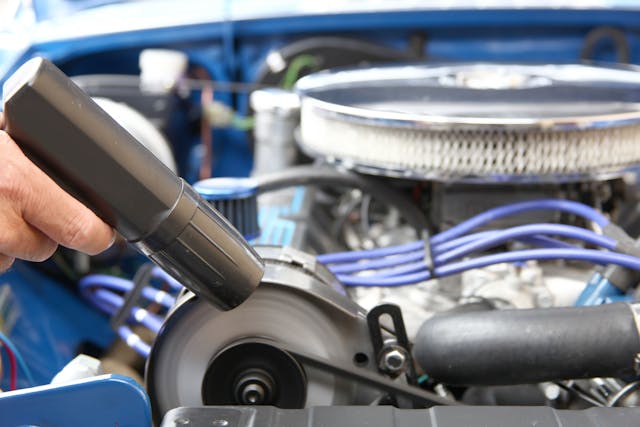
When we first wrote about tools that were fading from popularity last year, the comments section lit up with the suggestion that timing lights were left out. It’s been decades since a car rolling off the assembly line featured a tunable distributor, as the ignition is often now controlled by a computer working off data provided by a crankshaft or camshaft position sensor (or both) to control the firing of individual coils for each spark plug and cylinder. Adjusting the timing of the spark in the cylinder is changed with a laptop rather than a wrench and strobe light. Timing lights have been relegated to specialist shops and DIY garages.
Verdict: Keep it if it works, but consider a modern digital light if building a vintage-focused toolset as the features and capability have come a long way since the strobes of old.
Point file
Another from the ignition side of things. Even before computerized ignition was the advent of electronic or non-points-based discharge. Long gone are the days of having to swap a set of points on the side of the road or scratch off the char of the small faces to allow the coil to charge. A points file was handy for if or when a condenser would fail or the points would otherwise get crummy enough to not allow enough current through.
Verdict: If one is already in your glovebox, keep it for nostalgia’s sake and just in case. You never know who it might help.
Brake lathe or shoe arcing machine
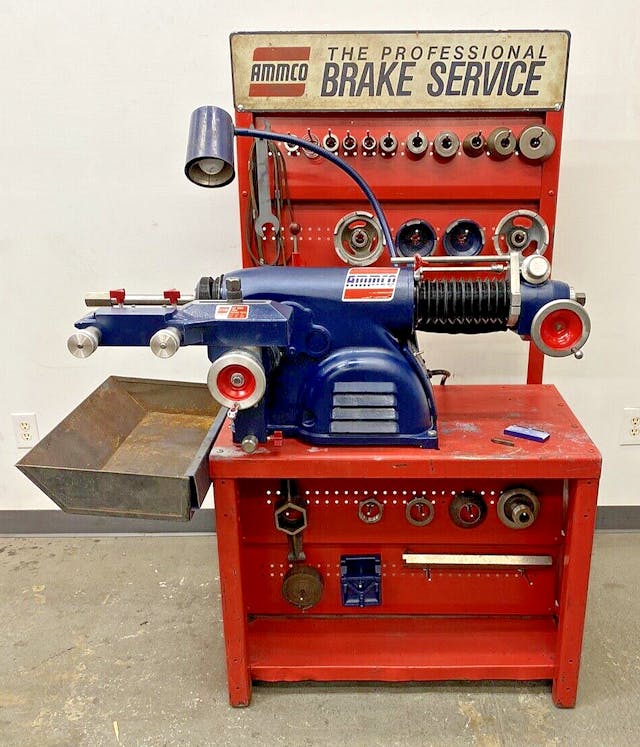
Drum brakes often have more swept area compared to disc brakes, but that additional friction material is useless if it is not in contact with the brake surface. The heat retention characteristics of drums can sometimes lead to warping that would previously be cleaned up by “turning” the drums to create a nice concentric surface around the shoes. While drums can still be found on modern cars the drums are often cast so thin that turning them is no longer an option and instead we must skip straight to replacement.
Shoe arcing machines do the same thing as brake lathes but set the radius of the friction material to match that of the drum. It’s critical for good brake performance on some vintage cars but has faded from popularity significantly due to the health concerns of grinding friction materials—especially asbestos.
Verdict: Save if you’ve got the space, or sell to a vintage shop if you don’t. We likely won’t see new versions of these tools made and they so help keep our cars safely going down the road.
***
Marketplace
Buy and sell classics with confidence
Check out the Hagerty Media homepage so you don’t miss a single story, or better yet, bookmark it. To get our best stories delivered right to your inbox, subscribe to our newsletters.
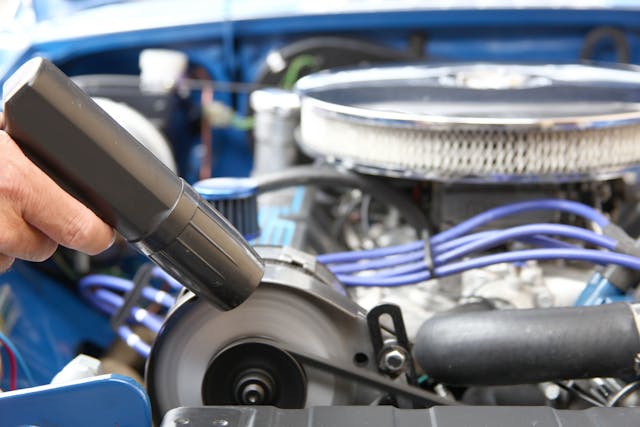
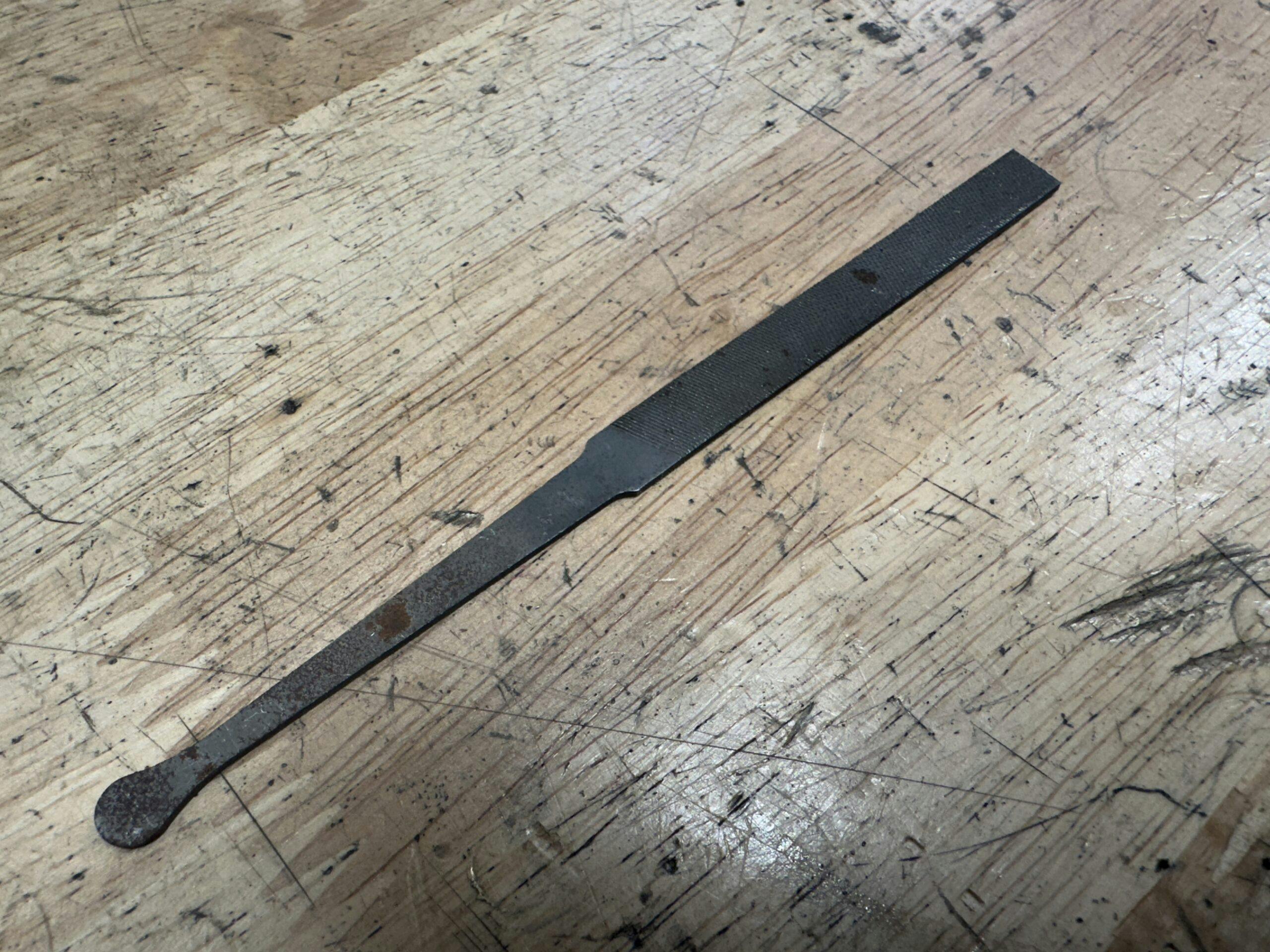
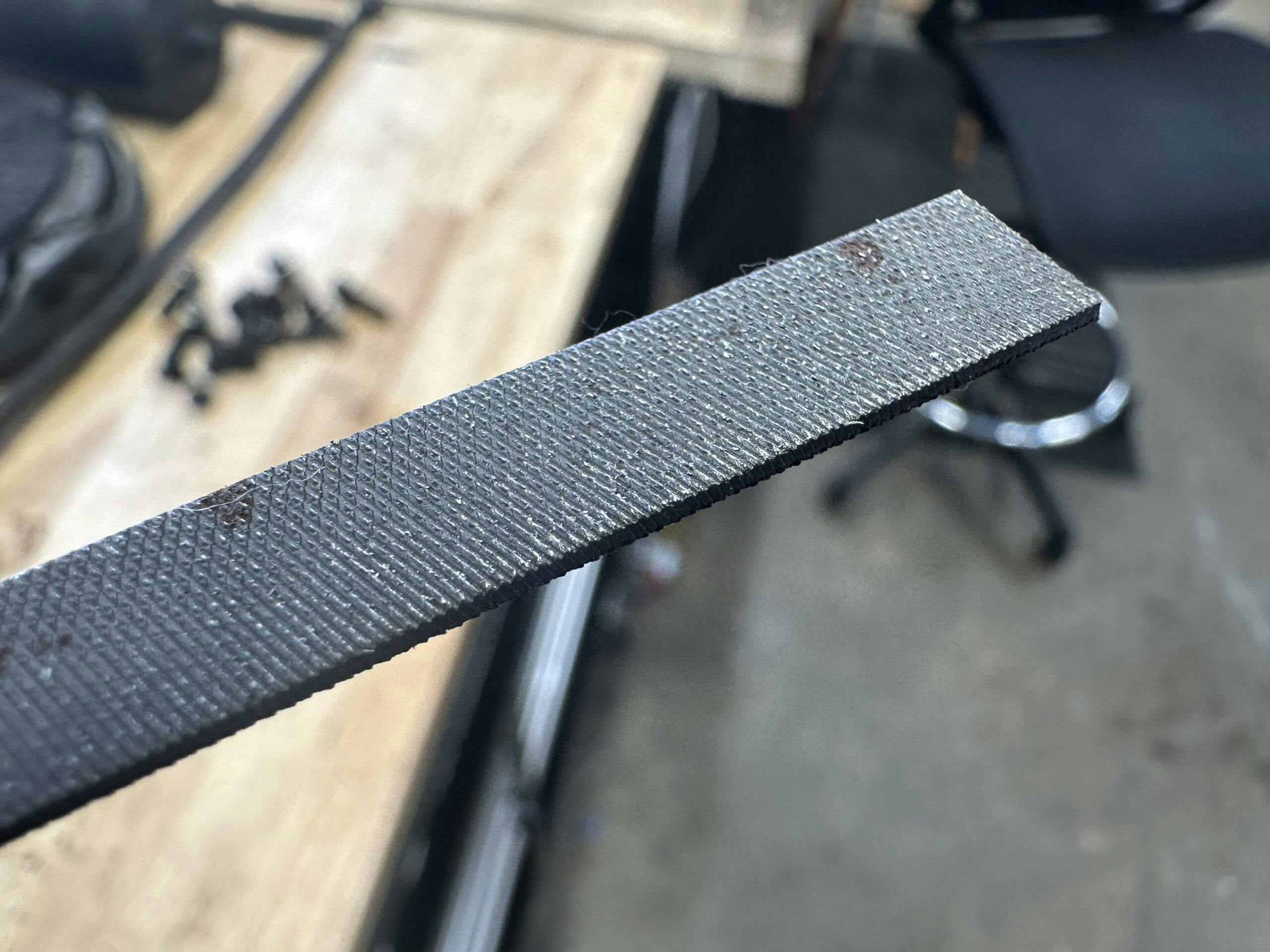















This article is a bit odd since “the tools that almost nobody uses” are perfect for the cars that they insure.
My exact thought.
best article you have had in years.
Still use timing light and calipers. Indispensable tools in my garage.
Vernier calipers are used in the watch collecting hobby. I have a Mitutoyo vernier caliper that I bought in 1969 when i was learning to be a machinist. Didn’t last long though, my job that is. I am a watch collector and the caliper sure comes in handy in measuring various components of a watch.
It’s laughingly referred to as “progress”. Progress simply for the sake of change (let’s be honest, it’s really about the bottom line, making things cheaper, all while increasing profit margins & satisfying overreaching government mandates) isn’t progress. Vehicles perform the exact same functions they did 100 years ago. I have the majority of these tools in my garage, I use them & will continue to do so. I have 3 classic American vehicles that necessitate this.
Right on, William. The phrase that is most likely to elicit a derisive snort from me goes something like, “get with it, old man, this is progress”. In my estimation, about 98% of what is termed progress isn’t, really.
Good comment, Bill. Let’s just wait & see how many of these “moderns” survive when countries get hit with Electromagnetic Pulses and auto computer hacking.
I was working at a Sears auto shop in the early seventies, the guys doing brake jobs were using an ammco brake shoe arching machine with no vacuum equipment, asbestos was all over everything and floating in the air, it looked like fog, we called OSHA, they came out and closed down the shop and sent us over to the American lung association in Forest Park Illinois where we had our lungs X rayed, don’t know how many guys in that shop contracted lung cancer.
yeah, back then we just took an air hose and blew it out the door.
A couple more for the list:
Feeler gauge (points & plugs, but use the wire type for the plugs and the blade type for the points).
Carburetor adjusting screwdriver (wire loop to fit into a slotted screw – but at any angle – with a long handle)
Tire shaver (Jay Leno mentioned this in an excellent piece)
I have the first two, but not a tire shaver. I have a bunch of other drum brake tools and ignition stuff, too, including an AC Delco spark plug blaster (can’t make this up; my dad got it in an effort to get more mileage out of plugs).
Fun article!
Can’t make this up, clean plugs work better than fouled plugs. Probably too young……:)
Two days ago I watched a “jeweler” use the vernier calipers to measure the diamonds in my ring!
Well I still have 3 of them. I use the brake pliers to retract the pucks on disc brakes, I use the file to clean up any burrs I leave when I have to pry some jammed parts loose and I use the calipers to check bolt head sizes to I don’t have to try every socket in the tray. I guess that makes me obsolete too…..lol
Bumper jacks were usually pretty cheaply built causing the following question to be asked. Why do they put the 50 cent bumper jacks in cars? Because they ran out of the 25 cent ones.
Spark plug cleaning machine
I would think that people who buy Hagerty insurance would have cars that require all of the old tools to maintain. (and knowledge to use them) Most of the ‘technicians’ today are parts replacers who don’t understand how things work because they were never taught the basics. People today can’t even get your carbureted car started, let alone figure out how to do a tuneup. When I was in tech school 40+years ago, we learned how to REBUILD starters and alternators, etc back when you could still get the individual parts. Back then, as today, there were issues with the parts store ‘rebuilt’ stuff being junk. I could replace the worn parts in a GM starter for a couple $. One machine that goes along with the growler is an armature lathe. A small engine oscilloscope on a cart would be a good find if working to aid in finding misfires and doing tuneups. OBD II scanners are nice for the late model stuff, but if you have something built before that with electronic controls, you need the specific scan tool for your make and model. Those cars are getting to be considered classics. The problem with them is that when the electronics dies (and it will) parts will be impossible to find making the car a large paper weight. You see on You-Tube many videos of cars sitting for decades that are made to run. They are all mechanical so as long as it turns over and you don’t have major mechanical issues it can run again. Try that with a ‘modern’ fuel injected car in 30 years.
I try to keep my Growler happy… happy wife, happy life !
Snicker.
One thing you will notice about using a vernier caliper is, when you go to use it, the battery isn’t dead. The vernier is always ready to use where your digital battery can go dead sitting in the drawer. Verniers don’t get chips in the rack and pinion like dial calipers do when you fail to close them after use. I can use vernier tools as many shops still have them, height gages, very long calipers etc. If you have a vernier, keep it.
You still need a timing light if you’re going to setup an engine, even with electronic ignition. That’s the first thing the dyno shop did when he fired up my engine was to set the proper timing with a timing light.
Just used the drum brake tools about 4 weeks ago on the C2 Corvette brakes. Needed to use them to take it apart to convert to disc brakes. Now maybe they can be tossed. No, you never know what’s around the corner.
Everything else is spot on.
I’ve gone past the age of working on my cars, but I agree that anyone with an authentic older vehicle still has use for points feelers and files; bumper jacks, brake spring installers and timing lights. Years ago I’d set up timing on my cars with dead reckoning and a test drive. That found the true drivability sweet spot.